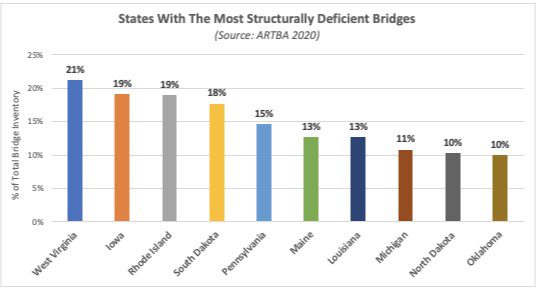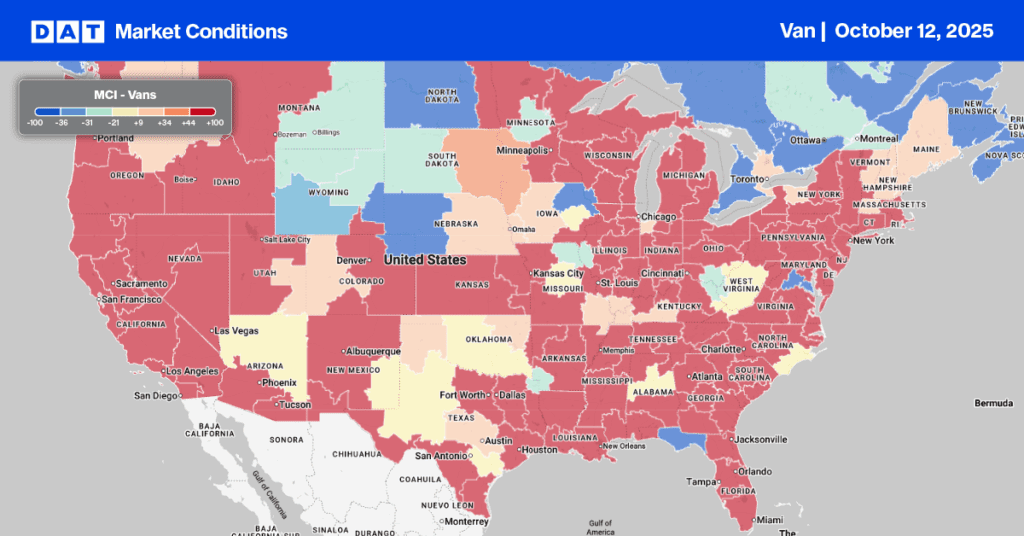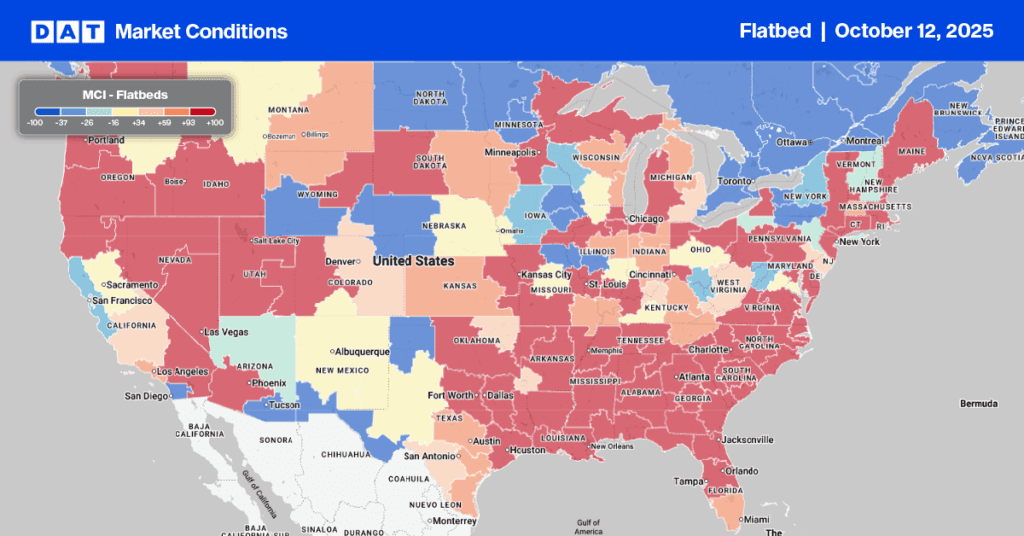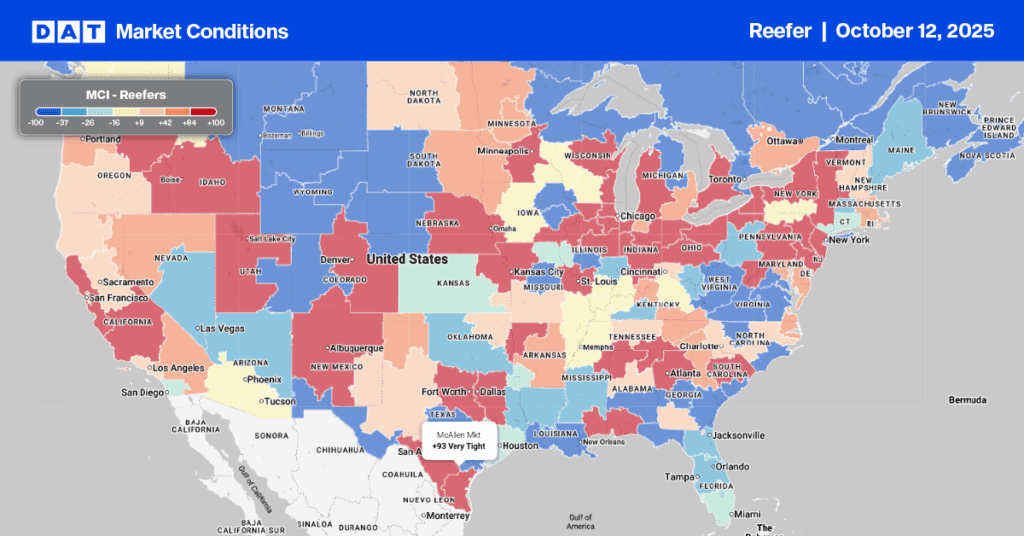Last week, truckload dispatchers across the country were busy routing drivers home after shortening their radius of operation to keep them closer to home base. This week they’re doing the opposite.
This period is regarded as one of the more challenging times of the year for carriers. It can be even more stressful for drivers anxious to spend time with family and friends, especially when freight demand is so high.
Get the clearest, most accurate view of the truckload marketplace with data from DAT iQ.
Tune into DAT iQ Live, live on YouTube or LinkedIn, 10am ET every Tuesday.
Earlier this month, the American Automobile Association (AAA) predicted highways will be jam-packed this year with an estimated 6.4 million more people traveling over Thanksgiving. This is up 13% compared to 2020.
The recent opening of the U.S. borders to fully vaccinated international travelers and higher vaccination rates created a sense of normalcy this Thanksgiving, which means truckers are seeing roads busier than usual. AAA estimated 53.4 million people traveled last week, which brought travel volumes within 5% of 2019’s pre-pandemic levels.
Travelers will also be driving on an Interstate Highway System that turned 65 years old — and showing its age — in June. The recent signing of the $1 trillion Infrastructure Deal by President Biden includes $110 billion to repair the nation’s highway, bridges and roads.
Almost $40 billion will be allocated to repair, retrofit, and replace bridges alone. Structurally deficient and rough bridges have long been the bane of truckers making this investment welcome news. It’s also the largest investment in bridge infrastructure since the highway system was built.
The 2021 Infrastructure Report Card from the American Society of Civil Engineers (ASCE) gives our nation’s infrastructure a C minus. This makes it the first grade higher than the D range since the survey began in 1988.
According to the reported 618,000 bridges across the United States, 42% of all bridges are at least 50 years old. Also, 46,154 (or 7.5%) bridges are considered structurally deficient. That’s 6,000 miles worth of structurally deficient bridges.
A “structurally deficient“ bridge doesn’t mean the bridge currently poses a risk to safety or is likely to collapse. However, it does have cracks, damage, wear, or other problems that can lead to failure in the future if those issues aren’t resolved.
The report also estimated over 40% of America’s roads are now in poor or mediocre condition.
What does this mean for motor carriers?
Improving road conditions will benefit flatbed and specialized carriers the most. Unlike dry van and reefer loads, which are hauled in enclosed trailers where the trailer walls act as load securement, flatbed loads tend to be far more specialized. These loads need to be physically secured to the trailer using heavy-duty straps and/or chains.
This makes flatbed loads more vulnerable to rough roads and bridges. Bridges often have a significant height gap between the blacktop and bridge surface, creating vertical acceleration as a truck enters and exits a bridgespan. Not only does this road-to-bridge transition add more wear and tear to heavy vehicles and drivers, it creates significant stress on the load and road.
Which bridges should truckers be on the lookout for?
West Virginia has the most structurally deficient bridges, with 1,545 (or 21%) bridges being in poor condition and requiring monitoring. The state’s most frequently used structurally deficient bridge is on I-64 West in Charleston, WV where it crosses over the Kanawha Turnpike with 86,494 daily crossings. This bridge was built in 1974.

The most travelled structurally deficient bridge in the nation is California’s Kester Avenue overpass on the Ventura Highway in Sherman Oaks. This bridge was built in 1959. According to BridgeReports.com, it was last inspected in March 2018 and is considered in poor condition.
What should truckers expect in 2022?
More construction delays from roadworks and bridge construction is a given. But on the positive side, the new Infrastructure Deal means more jobs and much more freight to haul.


